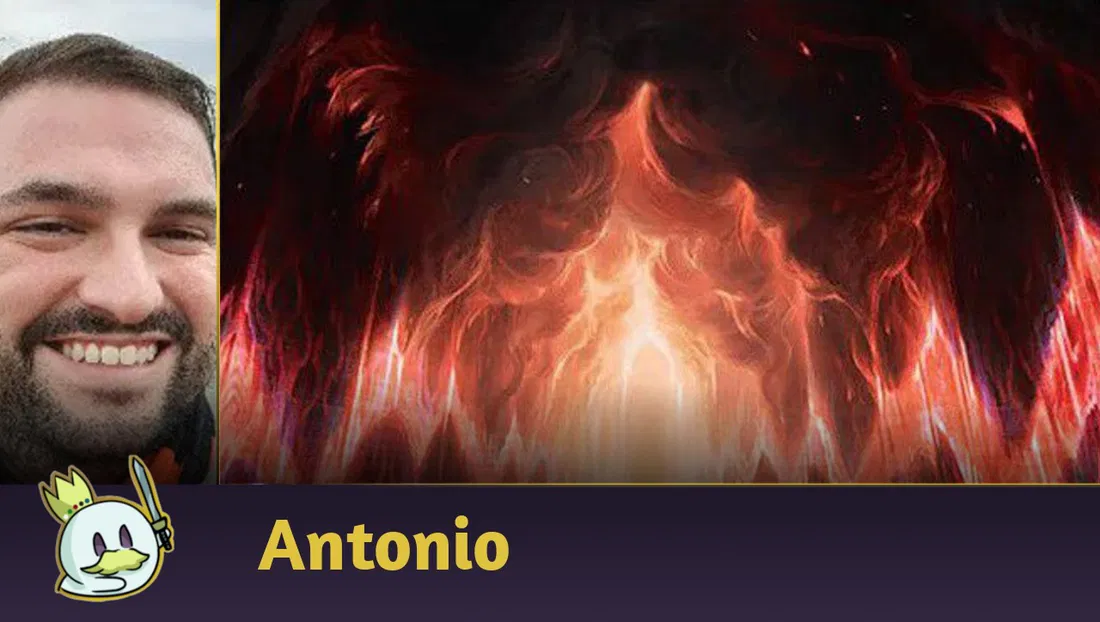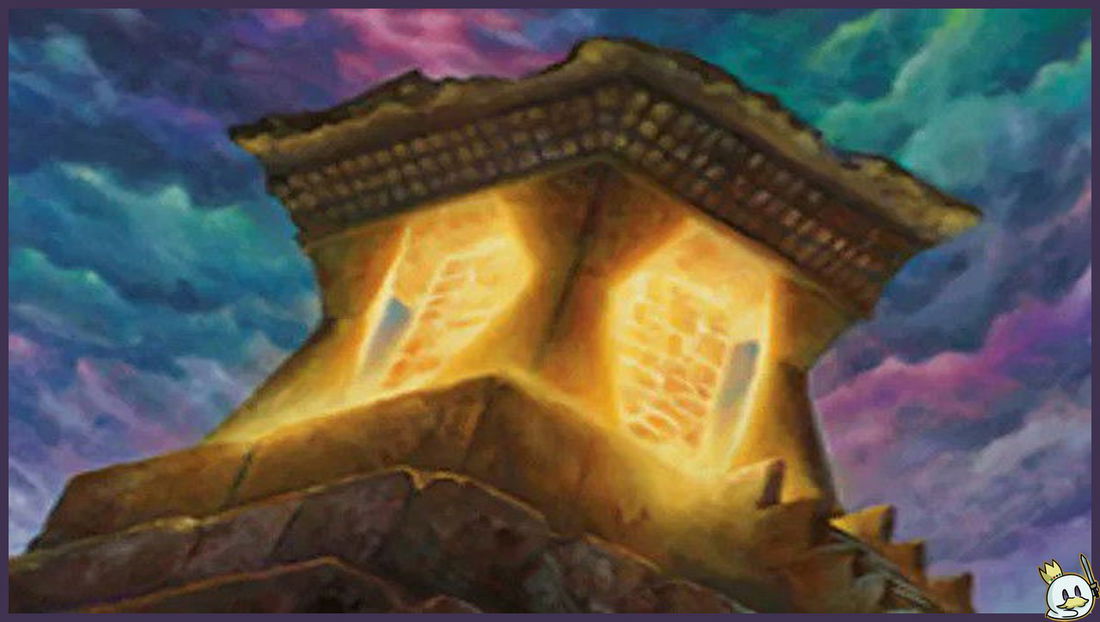Magic players will always find ways to play their favorite TCG. Even if Wizards of the Coast declared bankruptcy and never produced cards again, it would take decades for its enthusiasts to give up on the game - if they ever did.
From alternative formats that became popular, such as Pauper and Commander, to others that simply disappeared, such as Tiny Leaders, Magic has a huge range of formats created by its audience - one of them, Premodern, just had its European championship with 203 players, showing a new competitive format gradually being adopted.
Ad
Premodern essentially aggregates all sets released between Fourth Edition and Scourge, leaving aside the first sets of the game and, consequently, the original Dual Lands. Any expansion from Eighth Edition onwards - that is, from the change in the card frame and the beginning of Modern - is out.
It also has an extensive Banned list that includes some historical cards such as Force of Will, Brainstorm, Entomb, Grim Monolith, Necropotence, among others.

The combo of Phyrexian Dreadnought with Stifle or Vision Charm fits into several variants of blue decks in Premodern, each with a distinct proposition. The most common are Tempo lists that slow down the opponent's game while putting their main threat on the board as early as possible, but there are also variants more focused on combos with Sutured Ghoul.
The Rock - 4%

The Rock relies on accelerating mana early to play his bombs a turn earlier, while taking advantage of the cheap disruption to delay the opponent's plans. Cards like Spiritmonger and Pernicious Deed are historical staples of this archetype that are once again relevant in Premodern.
Madness - 3%

Madness was a classic in competitive Magic in the early 2000s and is one of the most popular strategies in Premodern due to the interaction between its cards and straightforward game plan, but with several micro-decision windows - especially with Survival of the Fittest, which fit perfectly into the already established shell of the archetype.
The Archetypes in the Top 32
Based on the Metagame above, we can also consider which archetypes were in the Top 32 of the tournament to have a scope of which strategies worked. The Top 32 was made up of the following decks:
The Top 8
The Top 8 archetypes were:
If these results show anything, it's that the Premodern Metagame looks pretty diverse right now. It has its own set of best decks or most established strategies (and, as I've mentioned in other articles, Red Aggro is a good "best deck"), but it also has plenty of room for innovation and under-the-radar strategies.
It's worth noting that except for Sligh, all the Top 32 lists depend, in some way, on a card from the Reserved List. On the one hand, this isn't a problem when we're talking about cards like Cursed Scroll that are more affordable, but when we talk about Mox Diamond, Survival of the Fittest or Phyrexian Dreadnought, the values start to skyrocket.
It may seem superfluous for some players to worry about the monetary aspect of Premodern, but this is an important factor when introducing people to the format. While, yes, a significant portion of the people attracted to it are people who probably played back in the day and may even be Legacy enthusiasts who may or may not have some of these cards or easy access to them, I'm sure that many who come to this article have most likely never heard of or had little contact with Premodern before, and this is an essential point when answering “why someone should play this format”.
Ad
Premodern European Championship 2024 Top 8 Decklists
Jiri Moravec - Sligh
Sligh was the winning deck of the tournament. The combination of efficient clock and cheap damage spells proved fast enough to deal with more elaborate strategies and less straightforward game plans, and red has the recurring damage of Sulfuric Vortex even in the face of Armageddon or other means of denying a player mana.
David Kryńsky - Terragedon
Although variants with Oath of Druids are very popular, Terrageddon is a very efficient deck in Premodern, where you trade the “combo” with the enchantment in favor of a more proactive game plan with Nimble Mongoose and Exalted Angel.
Fabian Sjöblom - Mono Blue Landstill
This version of Mono Blue Control tries to take advantage of Standstill and its interaction with cheap manlands like Mishra’s Factory and Faerie Conclave, in addition to having other specific means of interaction between its cards, like Parallax Tide and Mana Leak or Stifle and Phyrexian Dreadnought.
Pavel Valdir - Oath Ponza
Oath Ponza was one of the most played decks of the format and managed to place a decent number in the Top 32, but only one copy made it to the Top 8.
Michael Duda - Elves
Elves features both Gaea’s Cradle and Survival of the Fittest in addition to the combination of cards like Priest of Titania, Quirion Ranger and Kamahl, Fist of Krosa for unexpected lethal damage. The slight splash to red leaves room for some additions to the Survival toolbox.
Guillem Salvador - Gro-A-Tog
The combination of Psychatog with Quirion Dryad is a classic that has permeated even the top tables of Vintage in the past. In Premodern, the deck relies on Gush to quickly increase its threats, while Meddling Mage prevents certain combos from happening and/or key cards from being played during some turns.
Philipp Altmann - Ill-Gotten Storm
Storm does not have access to Mind’s Desire in Premodern, but it has its own version in the format, with Cunning Wish in the role of searching for Brain Freeze from the Sideboard to win the game.
Gabriel Miklik - Sligh
Without much difference from one list to another in the maindeck, a second Sligh in the Top 8 consolidates how well structured Aggro decks are in Premodern and how they serve as regulators of the format, but that specific choices in the list and a bit of luck can make a difference.
Wrapping Up
The European Premodern championship was a surprise that the YouTube algorithm brought me this weekend. Amid more than 12 hours of broadcast - with very long pauses - it was fascinating to observe the matches and how the format behaved in comparison to other scenarios that I follow, such as Pioneer, Modern and even Pauper.
There is something unique about it, different in a good way. Its restrictions are obviously a concern and I believe that scenarios around the world are less likely due to the lack of publicity it has outside the European environment and especially for Latin American environments. But that doesn't make it any less of a home for some Magic players than other more popular and sanctioned formats.
Ad
If you enjoyed this article and would like to see more Premodern content on Cards Realm, leave a comment! It would be a new experience to cover a format that is not sanctioned and not-so-popular yet, but has a lot of deckbuilding potential to explore possibilities and without having to rush through this study in a two-month window because the next set is just around the corner.
Thanks for reading!








— Comentarios0
Se el primero en comentar